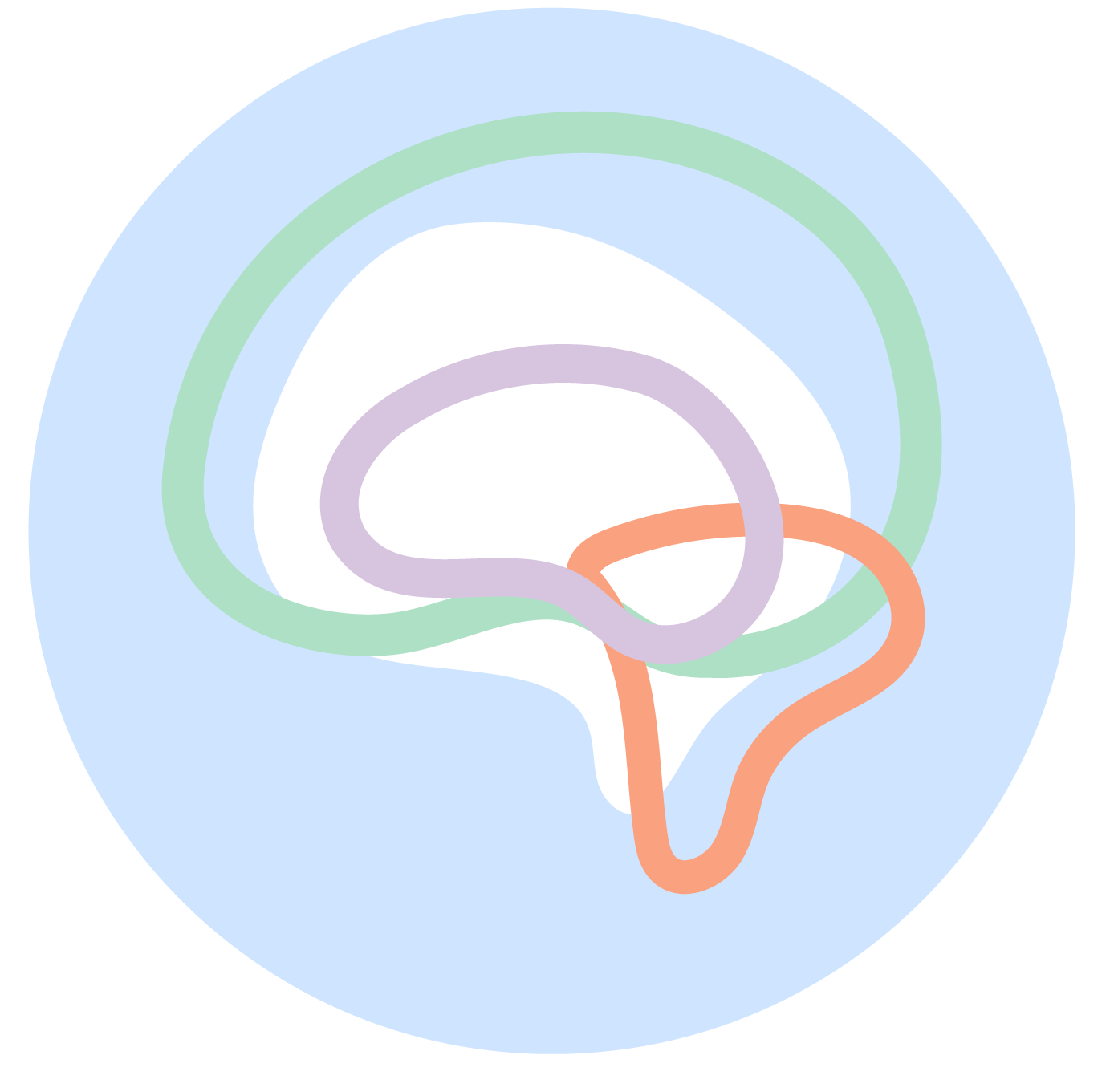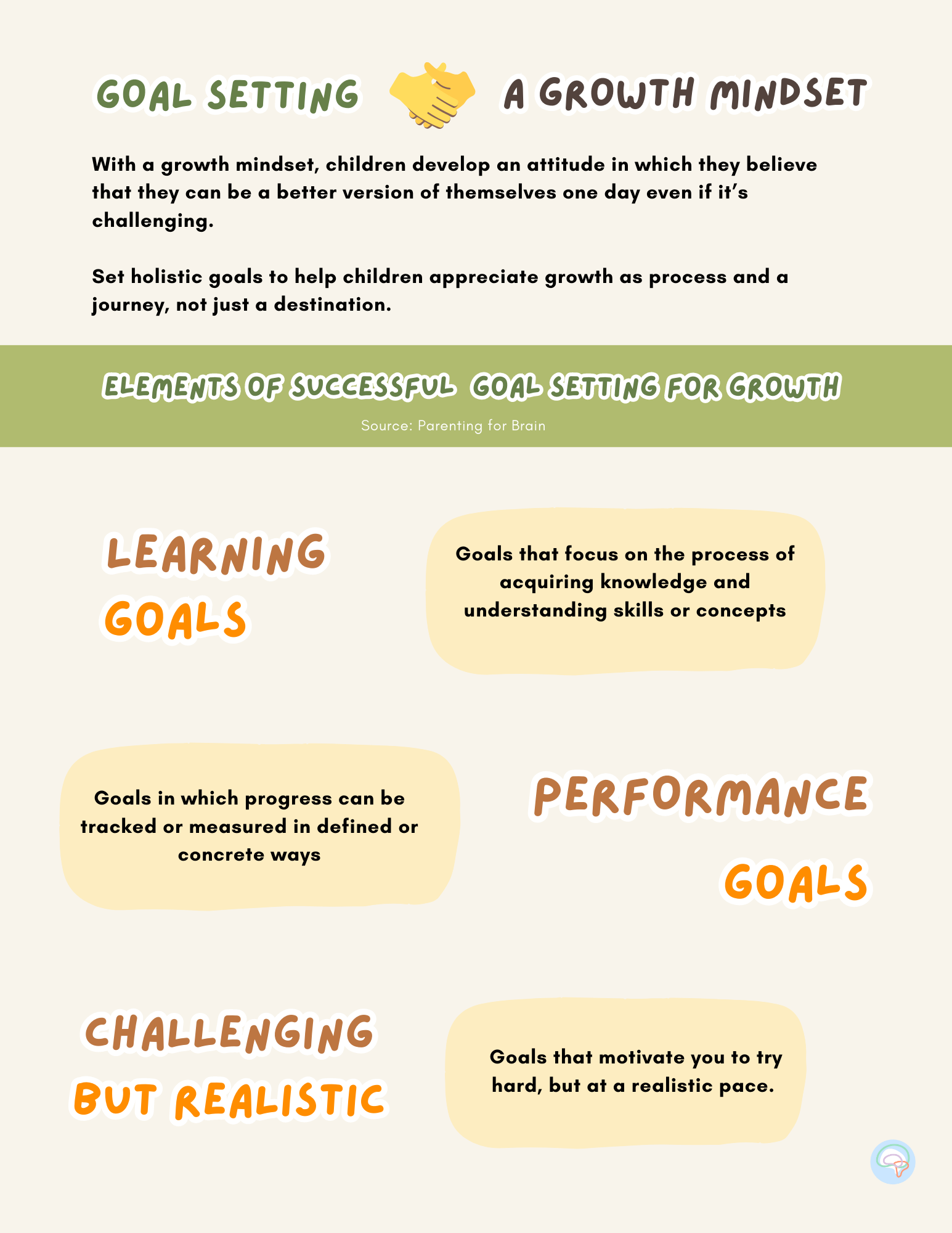Trust the process: Setting learning goals vs performance goals
When we think about growth as a mindset, it’s important that we look beyond results and expectations. Although growth stems from a desire to reach a particular outcome, children must remain motivated by the process of growth — growth as a journey, and not a destination.
A growth mindset refers to the belief that intelligence and ability can be developed through hard work, consistency, and learning from mistakes. If adults are not careful, measuring a child’s progress solely with rigid targets can take away from the idea that growth develops slowly and in steps, each step has its own lesson to teach even if you get stuck on one for a little bit longer along the way.
With a growth mindset, children develop an attitude in which they believe that they can be a better version of themselves one day even if it’s challenging. Parents and educators have a responsibility to show children that there are many different versions of a ‘better self.’ By exploring the difference between learning goals and performance goals, you can learn to instill a growth mindset that promotes consistent self-discovery and self-improvement as opposed to working toward a single ideal.
Learning goals vs Performance goals
Learning goals refer to how the process of mastering a concept or skill can be considered a great outcome. These goals encourage children to build their proficiency at something without worrying too much about what should happen after they’ve become proficient. Learning goals instill curiosity, creativity, and confidence in children. They become more open to exploring new topics, trying new activities, and learning from those that are better than them.
E-learning provider, Edmentum, describes learning goals as a way for children to understand concepts and skills at a deeper level. Instead of being tied to a metric or result, they’re agile and are able to apply their knowledge in different ways by drawing conclusions, connecting ideas, and building relationships between new skills and concepts with the world around them.
On the other hand, performance goals are easy to measure and define. These goals are used to assess how much a child can comprehend a topic, concept, or task. Unlike learning goals, these goals are rooted in an end result as opposed to the process of learning. A common example of setting performance goals is motivating children to study for graded tests, quizzes, and presentations.
Why goal setting requires a mix of both
You can instill a growth mindset through goal setting. This is an activity that should encourage children to be introspective and motivated. You want to instill perseverance and show kids that if they really put in the effort, they’ll have nothing to lose. This is why goal-setting encompasses both the process and the outcome.
If goals are only rooted in measurable performance, does that mean that no growth happens from the work that’s put in despite a less-than-stellar outcome? Absolutely not.
Pamela Li, author and founder of Parenting for Brain, writes that no goals are created equal. She shares that goal-setting is made up of successful goals that have the following elements:
Specific: Goals should be concrete and have some sort of way to track and measure progress.
Learning: Goals should also focus on the process of acquiring knowledge.
Challenging but attainable: Goals should motivate children to try hard, but at a realistic level and pace.
Start goal setting and building a growth mindset with these templates
Check out these resources for some inspiration to bring home to your goal-setting session:

